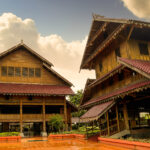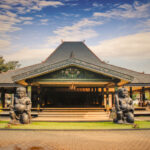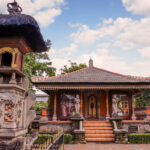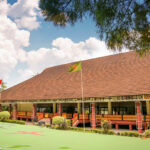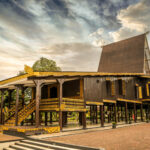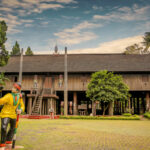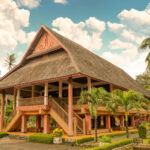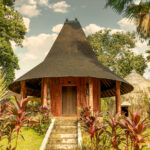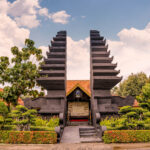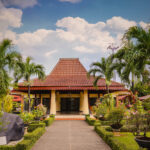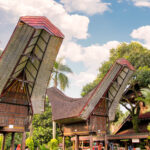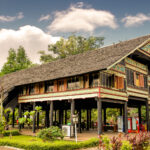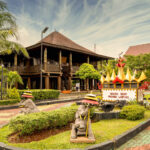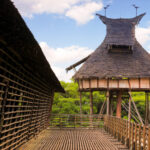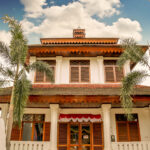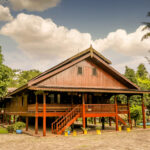Welcome!
The charm of North Maluku, a young province born from the separation of Maluku, lies in its hundreds of captivating islands, ranging from Halmahera, Cibi, Talabu, and Bacan to Morotai. With Sofifi as its capital, replacing Ternate, this region carries the legacy of the Ternate Sultanate dating back to 1250 and is home to numerous Portuguese and Dutch colonial military relics.
Historic forts trace the cityscape, including Fort Sentosa (Dutch), Fort Oranye (Malay), Kalumata, Tolucco (Portuguese), and Takome (Dutch). Its abundant spices and natural resources—such as cloves, nutmeg, copra, cocoa, corn, and cassava—have drawn the attention of the Portuguese, British, and Dutch since the 16th century.
As the former territory of the largest Islamic kingdom in Eastern Indonesia, North Maluku is known by the title Moloku Kie Raha (The Sultanates of the Four Mountains in Maluku), referring to the sultanates of Bacan, Jailolo, Ternate, and Tidore. Diverse ethnic groups such as Ternate, Tidore, Makian, Bacan, and others inhabit this region, which is also rich in cultural arts like the Soya-Soya dance, Lalayan, Tide-Tide, Togal, and the traditional Tifa music.
The North Maluku Pavilion at TMII presents the cultural grandeur of Moloku Kie Raha through the sasa’du traditional house of the Sahu ethnic group in West Halmahera. This stilt house, built from wood, features stairs on both sides, a thatched ijuk roof, and dego-dego (bamboo benches) beneath it. While exploring, don’t miss the opportunity to see the region’s traditional clothing, musical instruments, ornaments, local foods, agricultural produce, and handcrafted items that decorate the North Maluku traditional house.
DID YOU KNOW?
Thanks to Morotai Island, famed for its white sand beaches and crystal-blue waters, North Maluku has earned the nickname “The Maldives of Indonesia”, becoming one of the leading tourist destinations in Eastern Indonesia.




